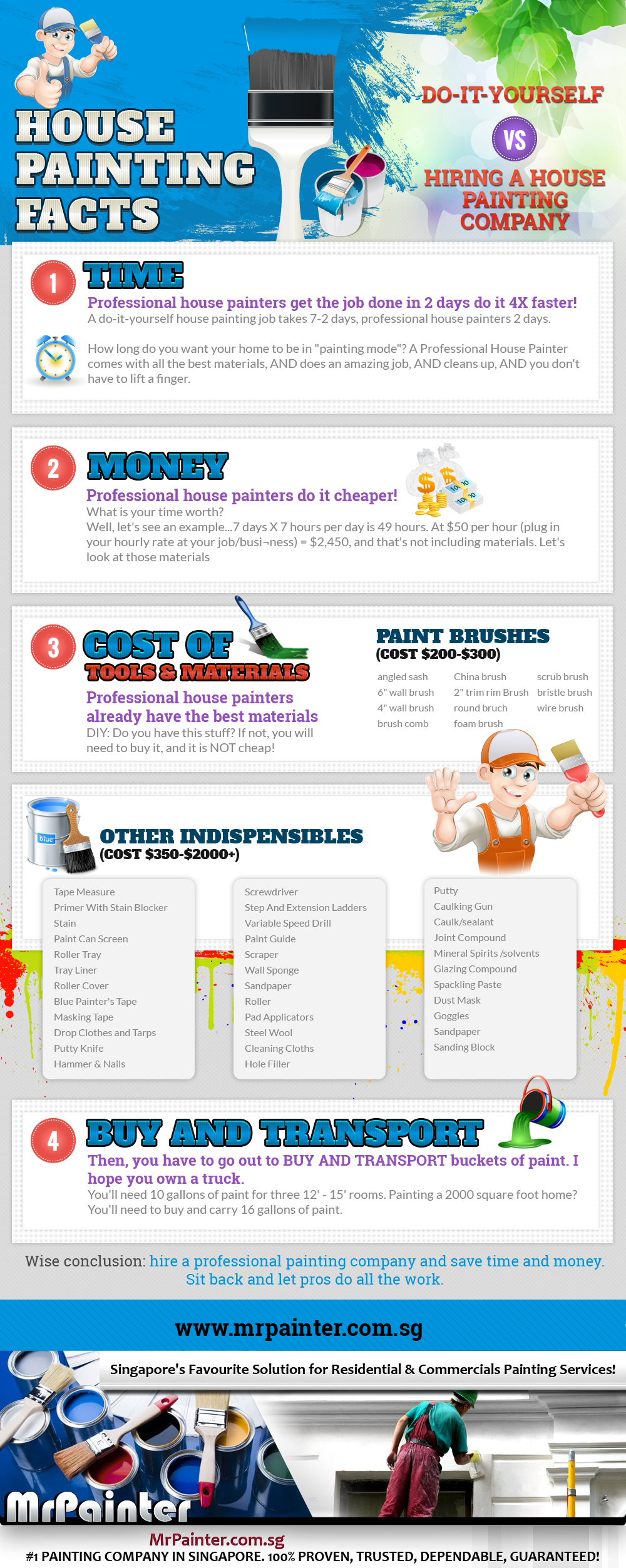Discover Exactly How Seasonal Impacts Can Impact The Efficiency Of Commercial Outside Painting And Learn The Most Beneficial Times To Make Sure Durable Results For Your Project
Discover Exactly How Seasonal Impacts Can Impact The Efficiency Of Commercial Outside Painting And Learn The Most Beneficial Times To Make Sure Durable Results For Your Project
Blog Article
Content Created By-Leach Rodriquez
When you're planning a business exterior paint project, seasonal elements can make or break your outcomes. You'll wish to consider just how temperature and moisture effect paint application and drying times. Choosing the best period can ensure your paint adheres effectively and lasts much longer. But which seasons are absolutely the best for this kind of work? Allow's explore the crucial elements that can impact your task's success.
The Impact of Temperature Level on Paint Application
When you're preparing a commercial outside paint job, the temperature level can significantly influence how well the paint adheres and dries.
Ideally, you intend to repaint when temperatures range between 50 ° F and 85 ° F. If it's as well cool, the paint may not treat properly, bring about problems like peeling off or splitting.
On the other side, if it's as well hot, the paint can dry as well promptly, protecting against appropriate adhesion and resulting in an irregular surface.
You should additionally take into consideration the moment of day; morning or late afternoon offers cooler temperature levels, which can be a lot more beneficial.
Constantly examine the maker's recommendations for the particular paint you're utilizing, as they typically supply assistance on the suitable temperature level range for optimum outcomes.
Moisture and Its Effect on Drying Times
Temperature isn't the only ecological element that influences your industrial outside paint task; humidity plays a considerable role too. High moisture degrees can slow down drying out times considerably, affecting the general quality of your paint task.
When the air is saturated with dampness, the paint takes longer to heal, which can bring about concerns like inadequate adhesion and a greater risk of mold growth. If you're repainting on a particularly damp day, be planned for extended wait times between coats.
http://newspaperads.eagletribune.com/north-andover-ma/home-improvement-gardening/interior-painting/AC1E04490a1072D584beXS9CAE4B to monitor local weather conditions and strategy as necessary. Ideally, go for humidity degrees in between 40% and 70% for optimum drying.
Keeping these consider mind guarantees your job stays on track and supplies an enduring coating.
Best Seasons for Commercial Exterior Paint Projects
What's the best season for your business outside paint tasks?
Springtime and early fall are generally your best bets. During these seasons, temperatures are light, and humidity levels are typically lower, producing optimal problems for paint application and drying.
Prevent summertime's intense heat, which can trigger paint to dry as well rapidly, resulting in inadequate adhesion and surface. Likewise, winter months's chilly temperatures can prevent appropriate drying and treating, running the risk of the durability of your paint work.
Aim for days with temperatures in between 50 ° F and 85 ° F for optimal results. Bear in mind to examine the neighborhood weather prediction for rainfall, as wet conditions can spoil your job.
Planning around these elements ensures your painting task runs smoothly and lasts much longer.
Verdict
To conclude, intending your industrial exterior painting jobs around seasonal considerations can make a considerable difference in the result. By scheduling job during the suitable temperature levels and moisture levels, you'll make sure much better attachment and drying times. Keep in mind to keep an eye on neighborhood weather report and choose the correct time of year-- spring and early autumn are your best choices. Taking house color painting will certainly assist you achieve a durable and professional surface that lasts.
